Key West is less than an hour’s drive from Big Pine Key, so Al and I decided to spend a little time there while we were visiting with Tim and Amanda. I have always wanted to see Key West, but I may have had a romanticized vision of the island because it was not quite what I expected.
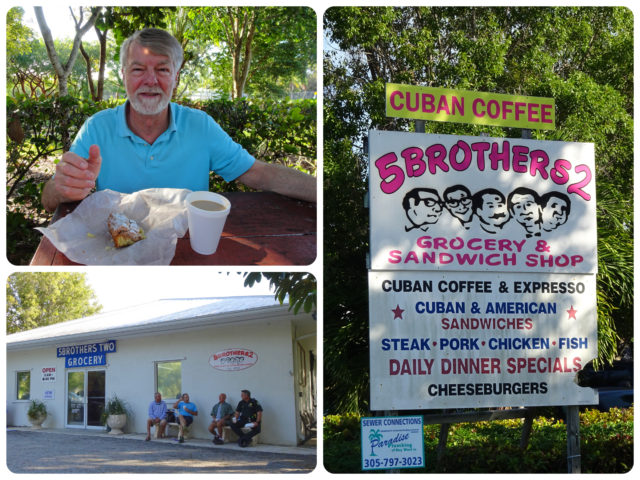
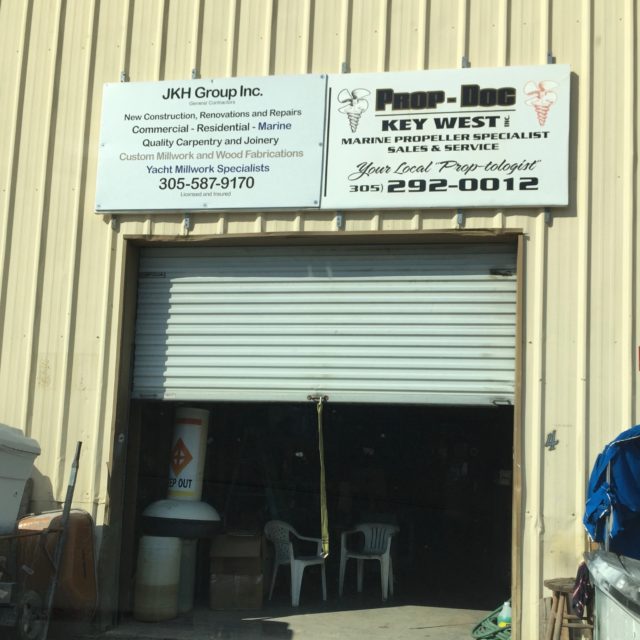
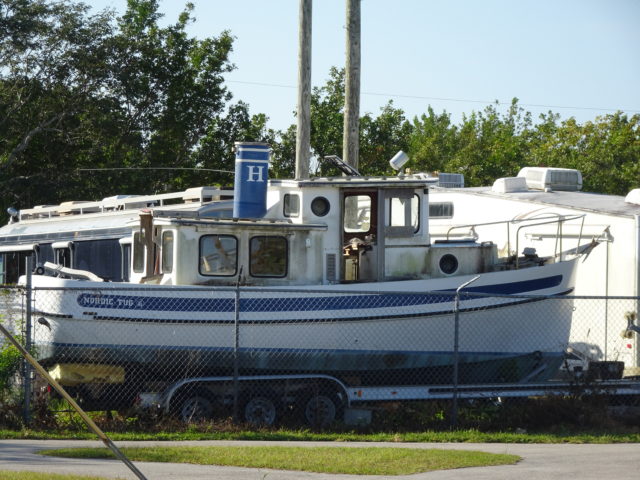
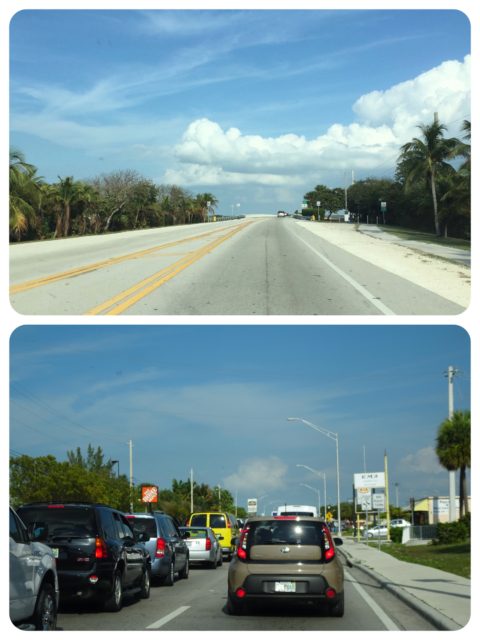
The name Key West is actually a misnomer. Spanish settlers found human bones all over the tiny island and called it Cayo Hueso (pronounced Kie-O Hwae-So), which translates to “Bone Island”. The bones belonged to the Calusa Indians who had once lived in the Florida Keys. It may have been a funeral island or the site of a fierce battle. English speakers thought Cayo Hueso sounded like “Key West” and the name stuck. I suppose that makes some sense since it is the westernmost island in that chain of cayos. The word “cayo’ comes from the Taino Indians of Hispanola and Cuba and means “small island.”
As Key West first-timers, Bill recommended that we take the Conch Tour Train to get the lay of the land. Yup, we really did this. In spite of how horribly touristy it is, you do get an overview of Key West without straining your legs and/or getting lost.
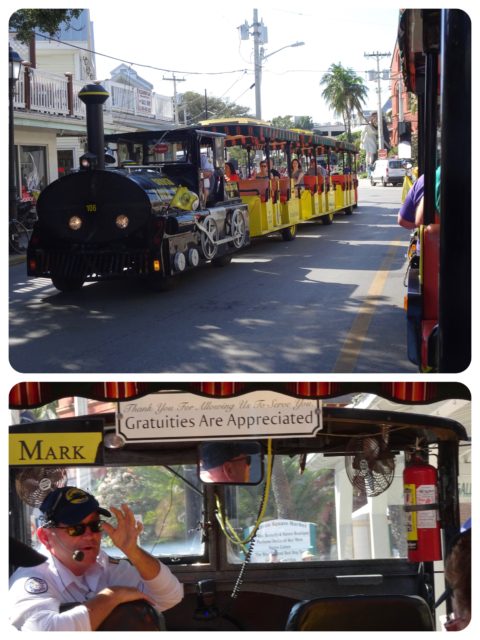
I simply cannot remember everything Mark described as he drove us around Key West for 90+ minutes, especially after six weeks. Here are some of the things I was able to photograph as we passed (no easy task) or later when we wandered around on our own.
US 1, known locally as the Overseas Highway, stretches from upper Maine all the way south to Key West for 2,369 miles. The interstate highway connects most of the major cities in the eastern United States. The land version of the Intracoastal Waterway? Supposedly, people like to have their photo taken with the street sign. I think we were more excited about the ICW Mile Marker 0.
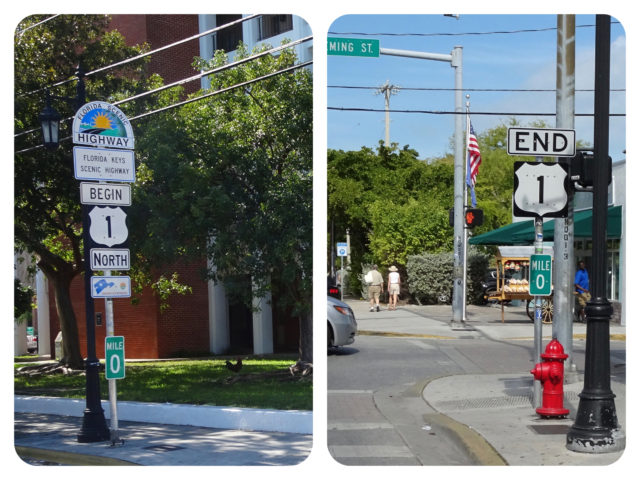
Mark and his Conch Train took us to another Key West landmark, the Southernmost Point, as it called. This location is just an anchored concrete buoy in Key West, that marks the southernmost point in the continental United States. Can you really say that it is “anchored” when it is on land? Perhaps “secured” would be more appropriate. This large decorated buoy is a tourist attraction that was established in 1983 by the city at the corner of South Street and Whitehead Street. However, the actual southernmost point in Florida (as well as in the continental United States) is really 10 miles away at Ballast Key, a privately owned island southwest of Key West. No way would tourists be permitted to line up there!
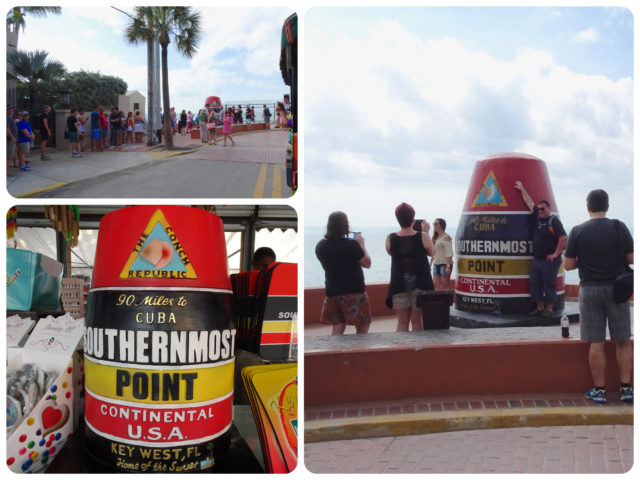
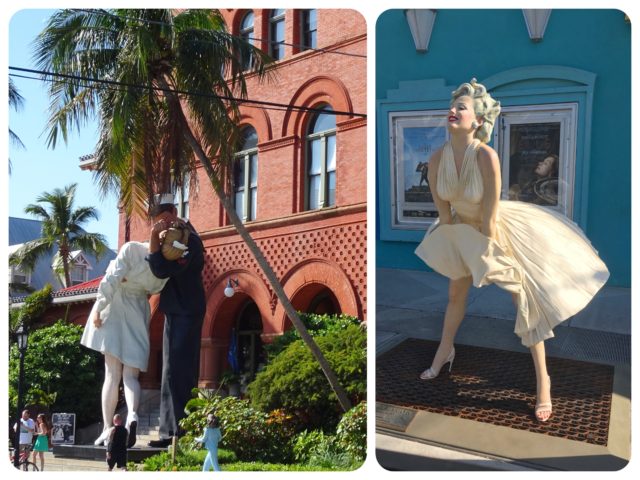
There are bars in Key West. It has been said that Key West has as many drinking establishments as it does houses of worship, but I think there may be more bars. Disclaimer – We did not personally explore any of the bars shown below.
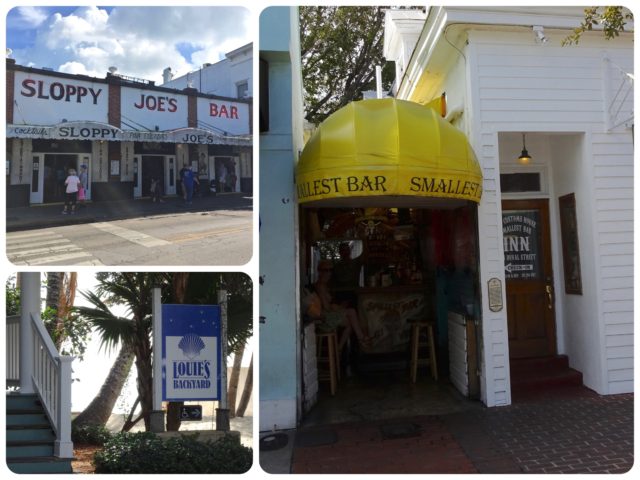
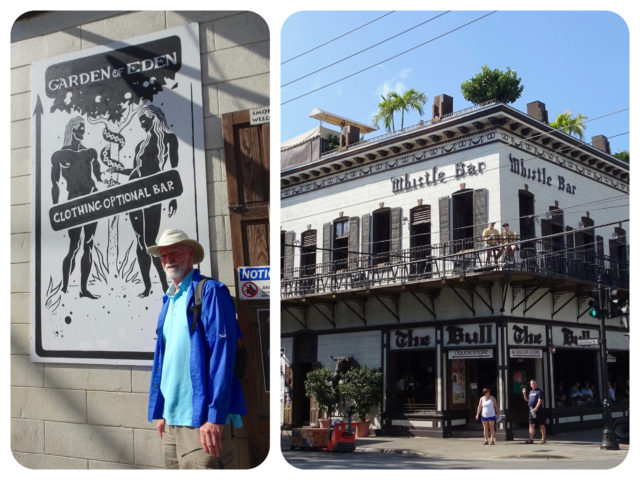
Time for the more sedate side of Key West. There are churches.
We stumbled upon the oldest house in Key West as we walked around the streets. This little one-and-a-half story house and garden is open to the public for free. For decades it was the home of Captain Francis Watlington, his wife Emeline, and nine daughters. Watlington was a sea captain and also served as Harbor Master, state legislator and then Confederate Navy.
We learned about the blue ceilings of the porches in Key West homes, which is rather interesting. Aficionados of architecture offer two legends and/or reasons for this tradition. African descendants from the West Indies believed that spirits or ghosts (called “haints”) couldn’t cross water. By painting the ceilings of their porches a shade of water-color blue, the haints would be disoriented and not enter the home. Another explanation was (and still is) that blue porch ceilings confuse bugs. The blue looks like the sky and bugs don’t build nests in the sky; therefore, a natural bug repellent.
We needed lunch and a rest. After trial and error, we chose the Schooner Wharf Bar, near the water.
The back of our waiter’s t-shirt intrigued me. What is the Conch Republic? Evidently, in April of 1982, Key West declared itself a “micro-nation” in an irreverent secession attempt. That spring, without prior notice, the U.S. Border Patrol set up a road block and checkpoint on U.S. Route 1, the only road out of town, to look for drugs and illegal immigrants. Agents required U.S. citizens leaving the Keys to prove their citizenship and submit their vehicles to a search. Keep in mind, this was not an international border. The road block caused a 17-mile traffic jam. Dennis Wardlow , the mayor of Key West is reported to have said, “By establishing that border they have declared us a foreign nation,” he told reporters. “We’re tired of the U.S. government picking on little Key West.” Although there was a serious side to this episode, the “Conch Republic” is now more of a tourist attraction with merchandise and a yearly festival, and a website.
According to the Conch Tour Train website, “Americans loyal to the British crown after the war, Tories, were not very popular, so they fled the southern states to the next British colony, the Bahamas. Unfortunately, the British Parliament started taxing the Bahamians on their food just like they taxed Bostonians on their tea. The Bahamians said they’d rather eat conch than pay taxes and that is just what they did. They came up with 27 different ways to eat this animal.
Throughout the years, many came to know and use the term Conch to describe the locals, and those who made the island their home were proud to be nicknamed Key West Conchs……..To this day if you are born in Key West you are a conch. If you are born elsewhere but live here seven years you become a fresh water conch.”
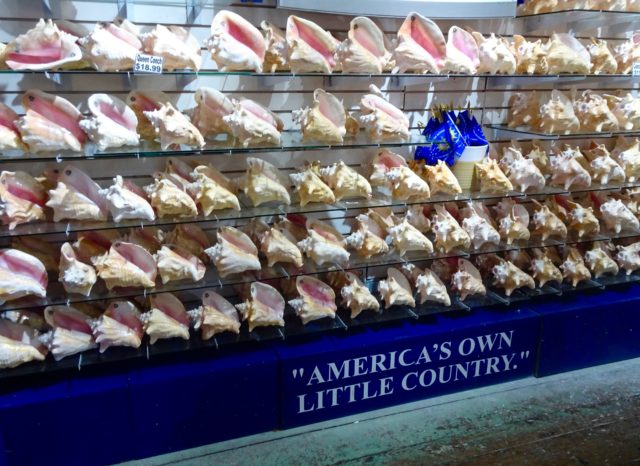
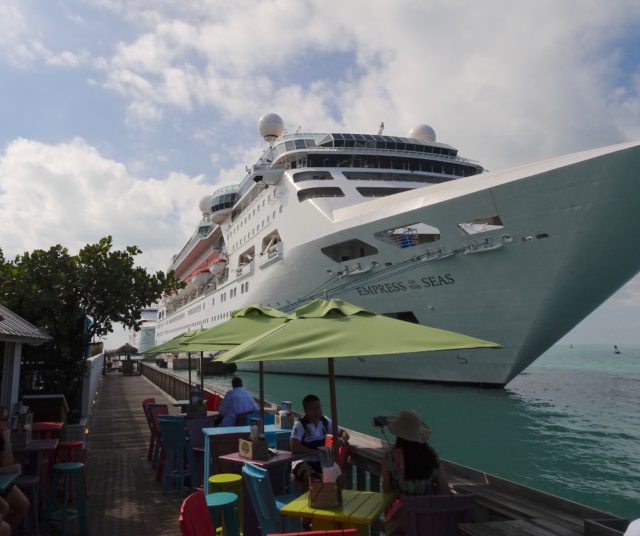
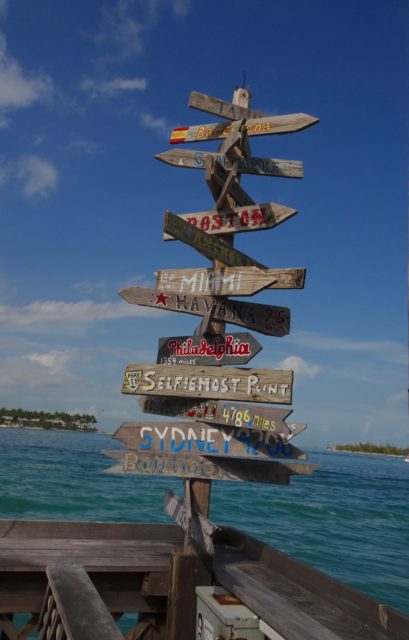
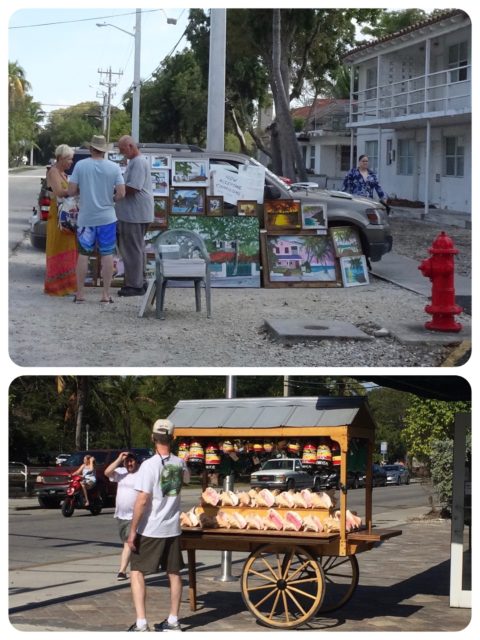
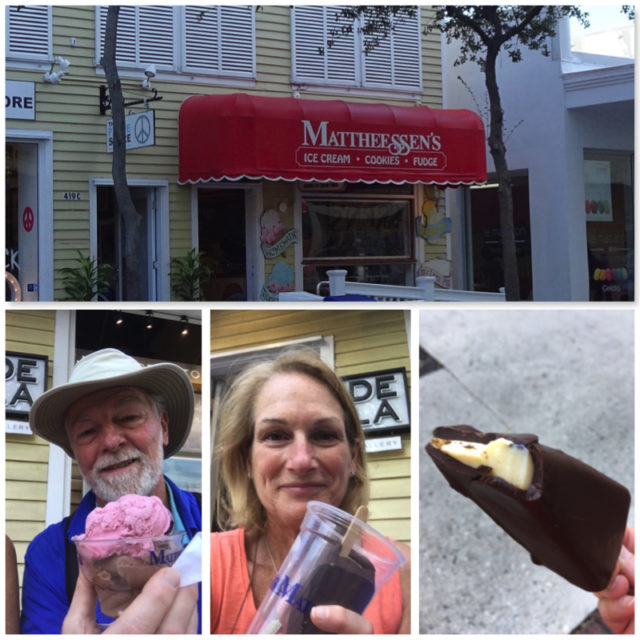
Final thoughts about Key West? We only spent 4 hours in Key West so it is unfair to make any firm judgments. Since I expected something more offbeat, off the beaten track, and less congested with tourists (although that’s exactly what we were), it was a little disappointing. A trip in the evening or on the weekend might have been completely different. We did enjoy ourselves (we almost always do) and would know better how to spend our time if we ever have the opportunity to return in the future. I would be sure we toured the “Winter White House” of President Harry S. Truman and the home of Ernest Hemingway.
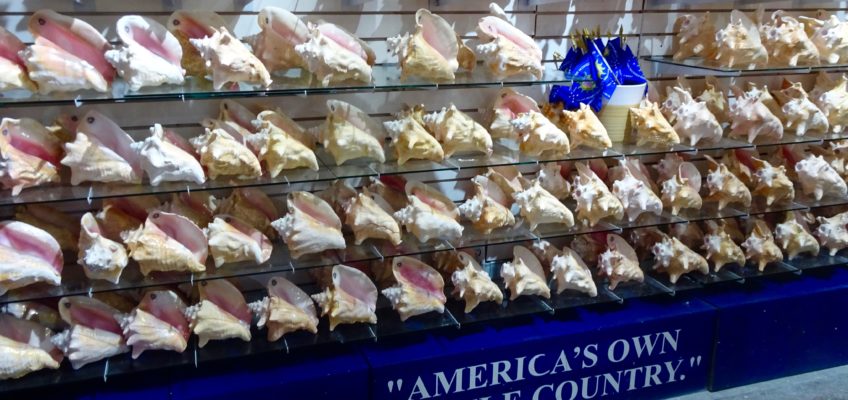
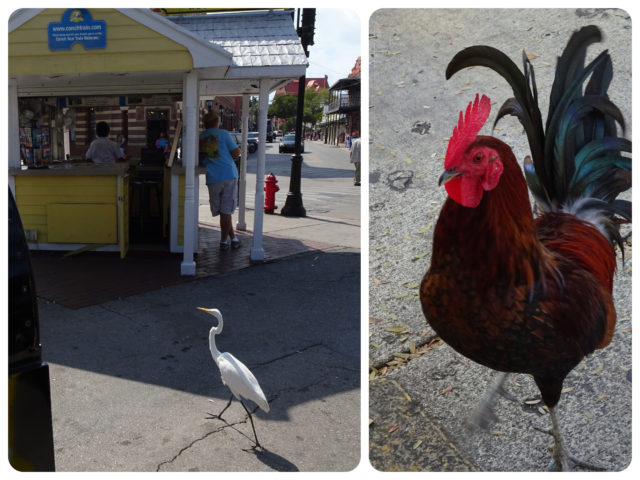
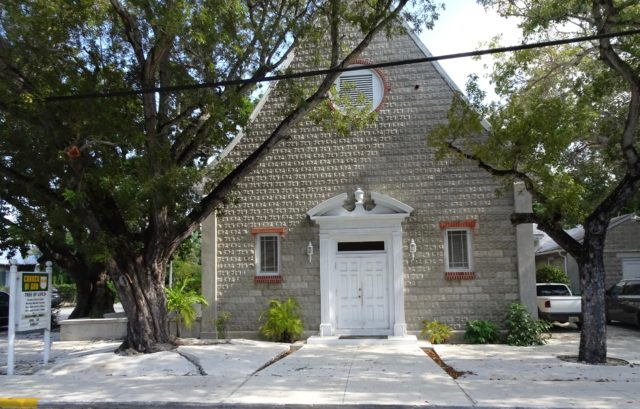
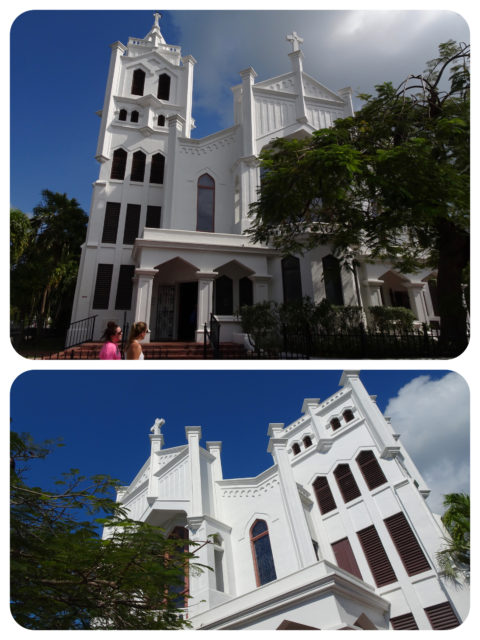
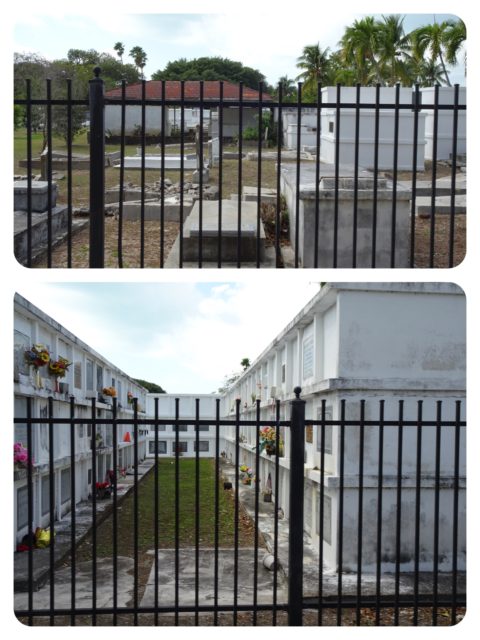
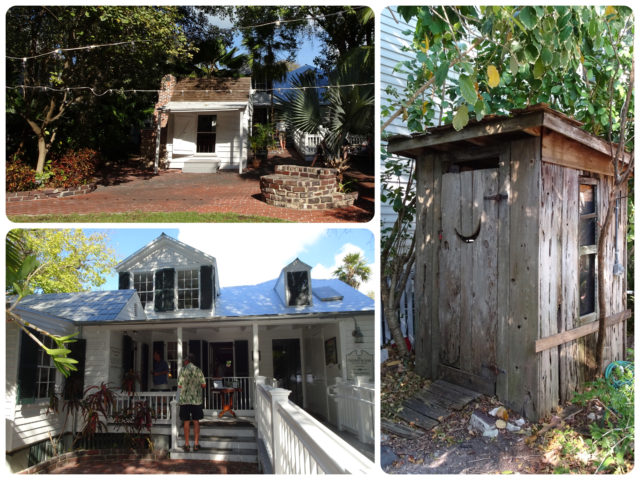
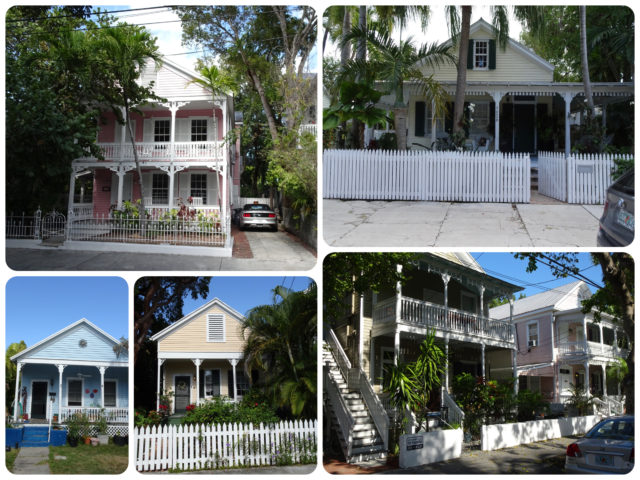
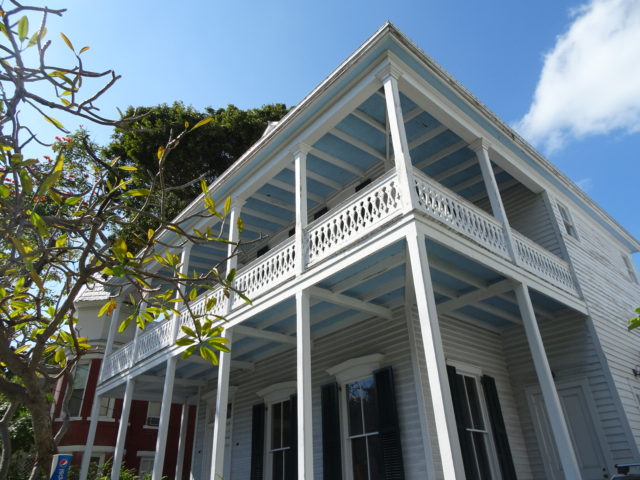
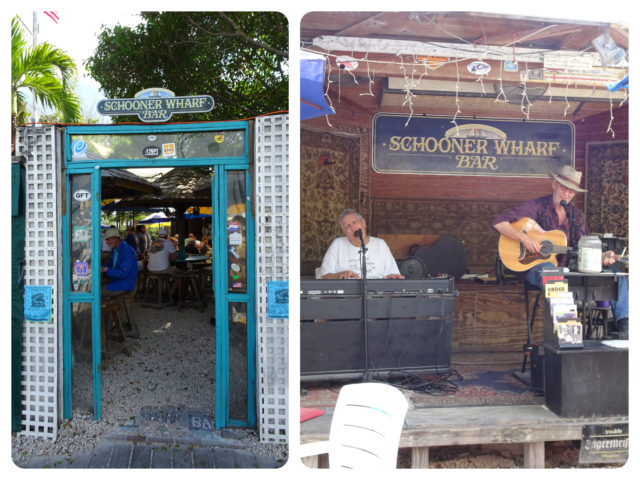
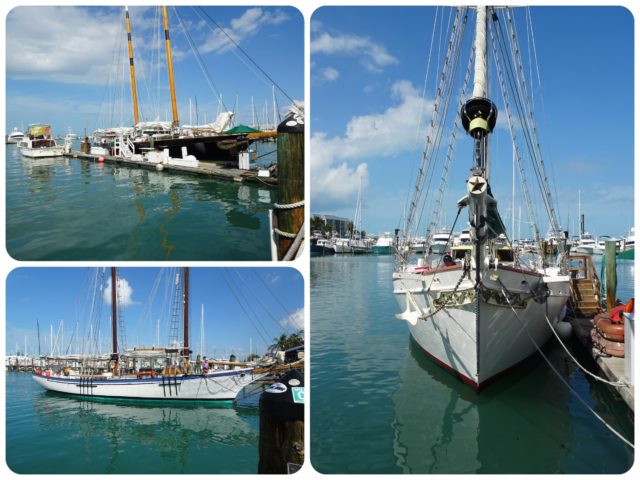
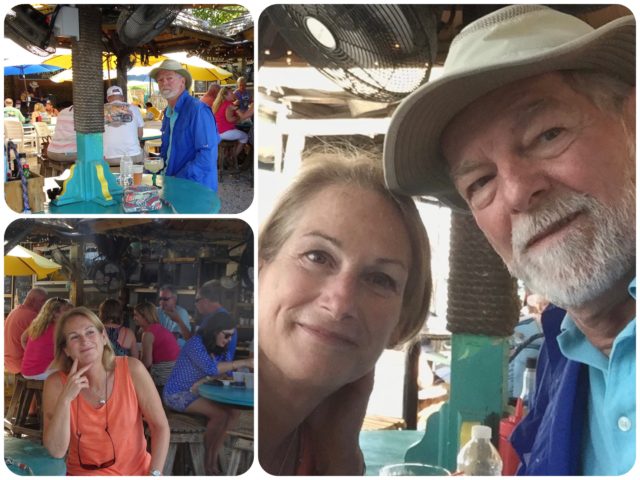
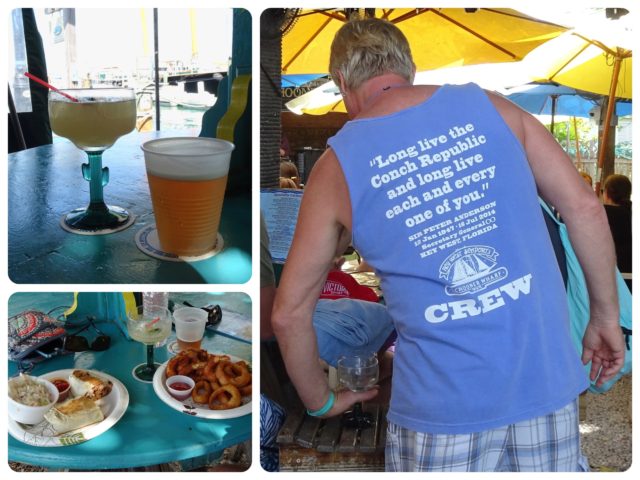
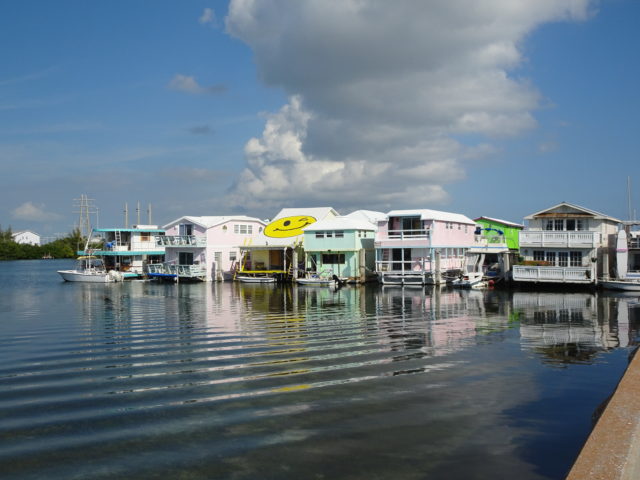
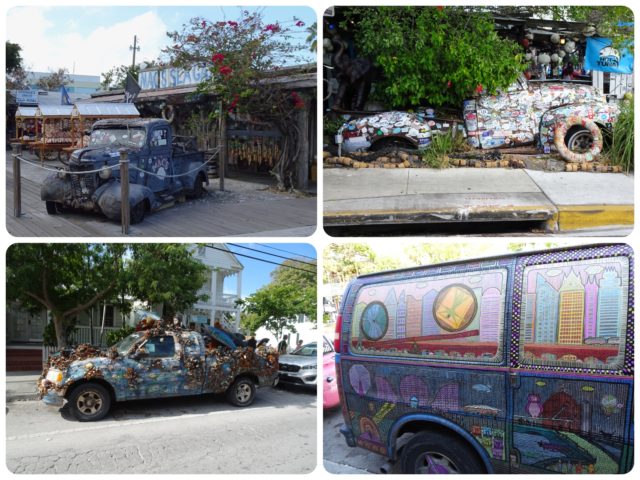
Leave a Reply